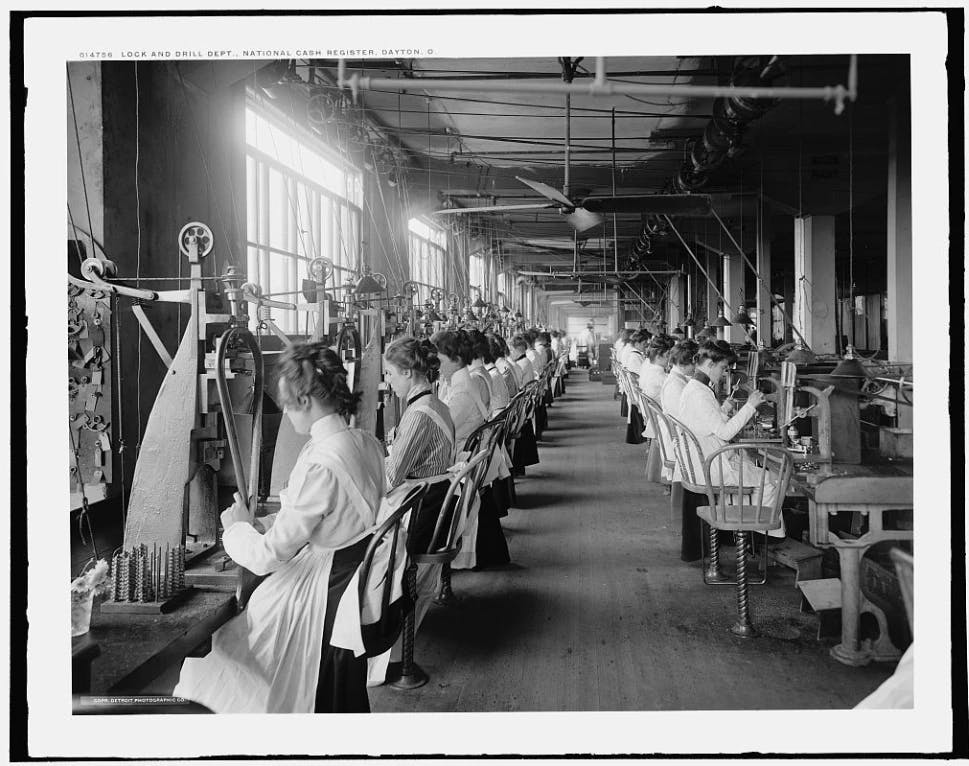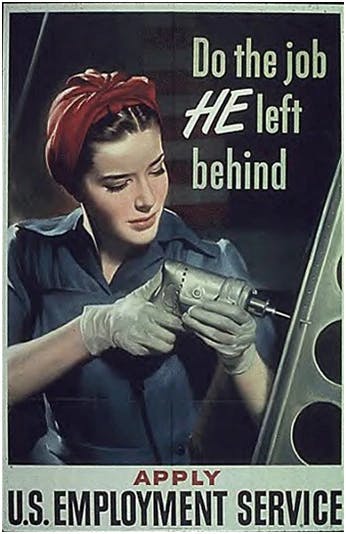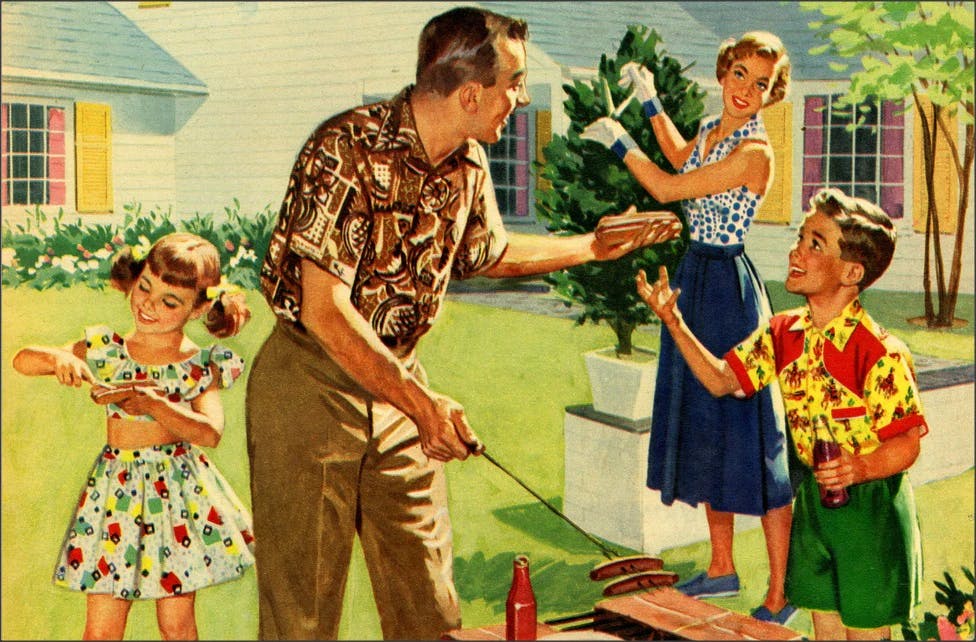The Myth Of The Stay-At-Home Wife
In today’s world of liberated women and #YesAllMen, the stay-at-home wife seems an outdated and demeaning surrender to the patriarchy. History, however, paints a far different picture.

The ability to stay at home is a recent novelty, first truly enabled by the economic prosperity of the 1950s. Since then, the housewife has become a role that many women are fortunate enough to be able to choose. This freedom from full-time work allows for more time with their children, a greater focus on the home, and the ability to explore a wide variety of creative endeavors.
A Brief History of the Stay-at-Home Wife
During the Victorian Era, many working-class women had to work outside of the home in order to help support their families. The average woman went to work in a factory, served in the home of a wealthier family, or engaged in home-based work (i.e. garment mending). According to censuses from England, over a third of married women were working for outside pay. These women also had to tend to their own households, so days were long and demanding.

This trend continued into the early 20th century due to the First World War. With the men off fighting, women had to step into their factory, business, and even farming roles. This surge of women in the workforce did not dwindle following the Treaty of Versailles. Many men returned home wounded and unable to resume their former positions, so women maintained their newfound jobs. The increasing availability of convenience products and appliances (i.e. canned food and the dishwasher) made it possible for women to continue working while also keeping up with household chores. This continued through the Second World War, but, by the 1950s, women’s lives began to change.

Post-war prosperity allowed for the focus of many to shift from work and economic struggles to the family. While married women in Communist countries were encouraged to work, women in Western countries began choosing the stay-at-home wife life. In the United States, the 1950s saw record-high numbers of couples saying “I do.”
The stay-at-home wife was upheld as the ideal, prompting most married women to focus solely on their role as homemaker. Cold War propaganda even highlighted the differences between the happy American housewife and the oppressed Russian female factory worker. Western women, relieved of earning an income, gratefully abandoned these jobs and worked instead to make the home a haven for their families.
A single income did not become feasible for most until the 1950s.
Many today cite the 1950s housewife as a symbol of oppression and an argument in favor of today’s Feminist movement. The “Good Wife’s Guide” published by Housekeeping Monthly in May 1955 is regarded by many modern women as a horribly backward list of duties that kept women enslaved to their husbands. However, at the time, women happily chose this lifestyle. Rather than being trapped in a workplace, they were able to spend their time fostering harmony in the household. It was a joy, rather than a burden.

The divorce rate during this time drastically decreased, eventually hitting a low of 2.1 for every 1,000 people in 1958. The birth rate also peaked during this time (often referred to as the Baby Boom). Families were a happy unit, held together by the complementary married couple. The divorce rate shot back up in the ‘60s as a new wave of Feminism, prompted by Betty Friedan’s The Feminine Mystique, encouraged women to cast off the stay-at-home wife role, pursue careers, and liberate themselves sexually with the use of contraception.
Today’s Trends Show That Women Want To Be Stay-at-Home Wives
Interestingly, this search for fulfillment outside of the home has brought many of today’s women back to the ‘50s. One study showed that of 1,500 women in their 20s and 30s, over two-thirds agreed that the husband should provide the main source of income. 70% said that they didn’t want to work the grueling jobs and hours of their mothers and grandmothers.
The ability to stay home truly is a modern privilege. To view it as anything other than a gift goes against history and reality.
Another study shows that Millennial women prefer to stay at home. 56% of mothers prefer to stay at home, rather than working outside of the home, and 39% of women who don’t yet have children would prefer to leave their jobs and become homemakers. Perhaps this is why we are seeing a rise in popularity of women like Joanna Gaines, who tout the felicity of being able to focus on the family and home.
The ability to stay home truly is a modern privilege. The liberation from full-time work allows women to pursue other things — raising children, making a house a home, and personal creative interests and endeavors. For many generations, women were not afforded this privilege. Even today, many women don’t have the luxury of choosing the stay-at-home life. Thankfully, however, this has, more and more, become a viable option due to our nation’s economic prosperity.
Closing Thoughts
Many hold the view that women have long been “confined” to the house. For much of the world’s history, though, this was not the case. Even if women longed to be able to stay home, financial need forced them to find outside work. A single income didn't become feasible for most until the 1950s.
There also lingers an erroneous belief that the stereotypical housewife is a sad remnant of the “oppressive” Golden Age. Statistics, however, prove that the reign of the housewife was a period of happiness for a great majority. Today’s shifting trends also point to the idea that the role of the stay at home mom is, in fact, desirable. Opting to stay at home is a blessing that allows many women and their families to truly prosper.